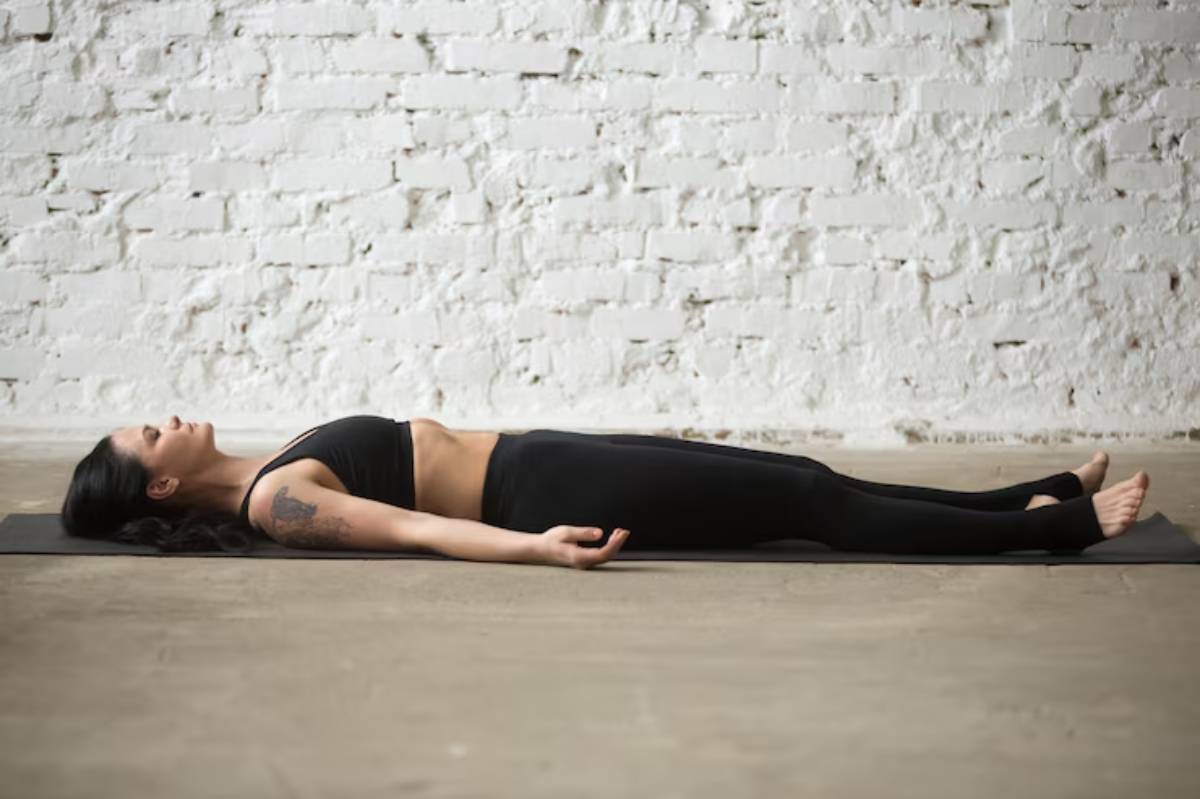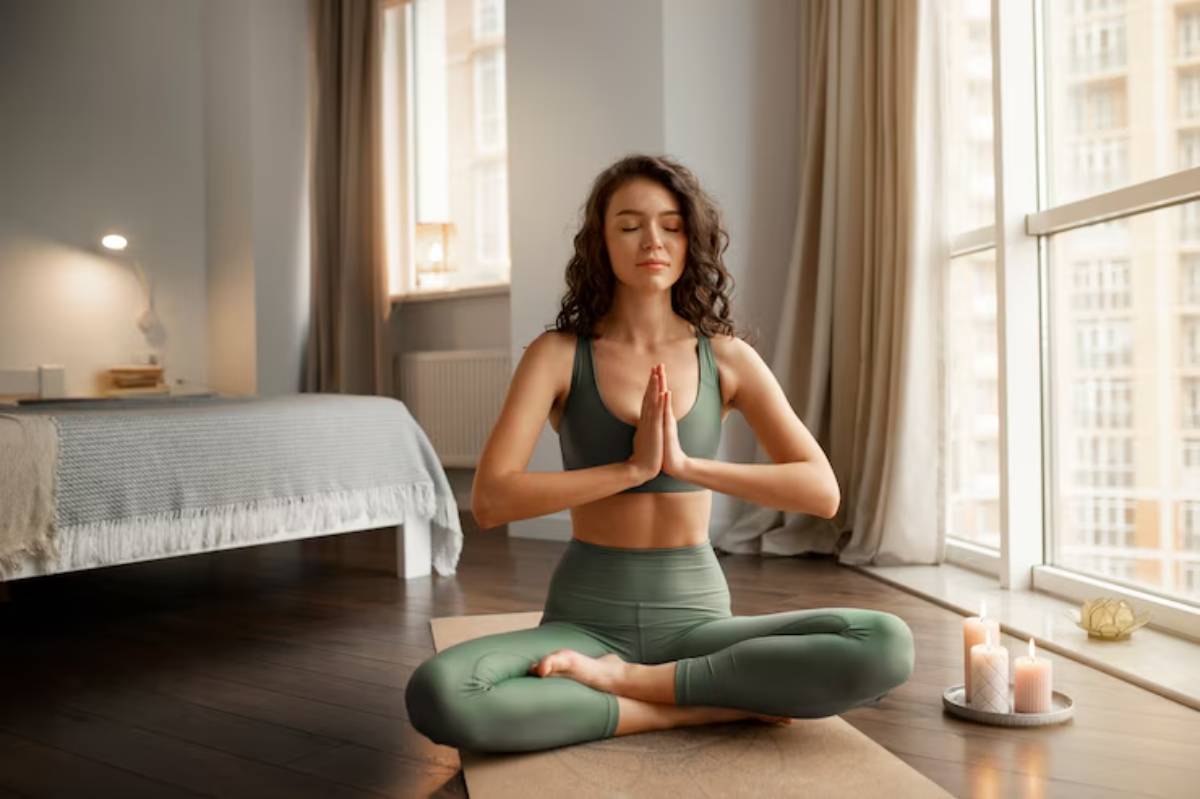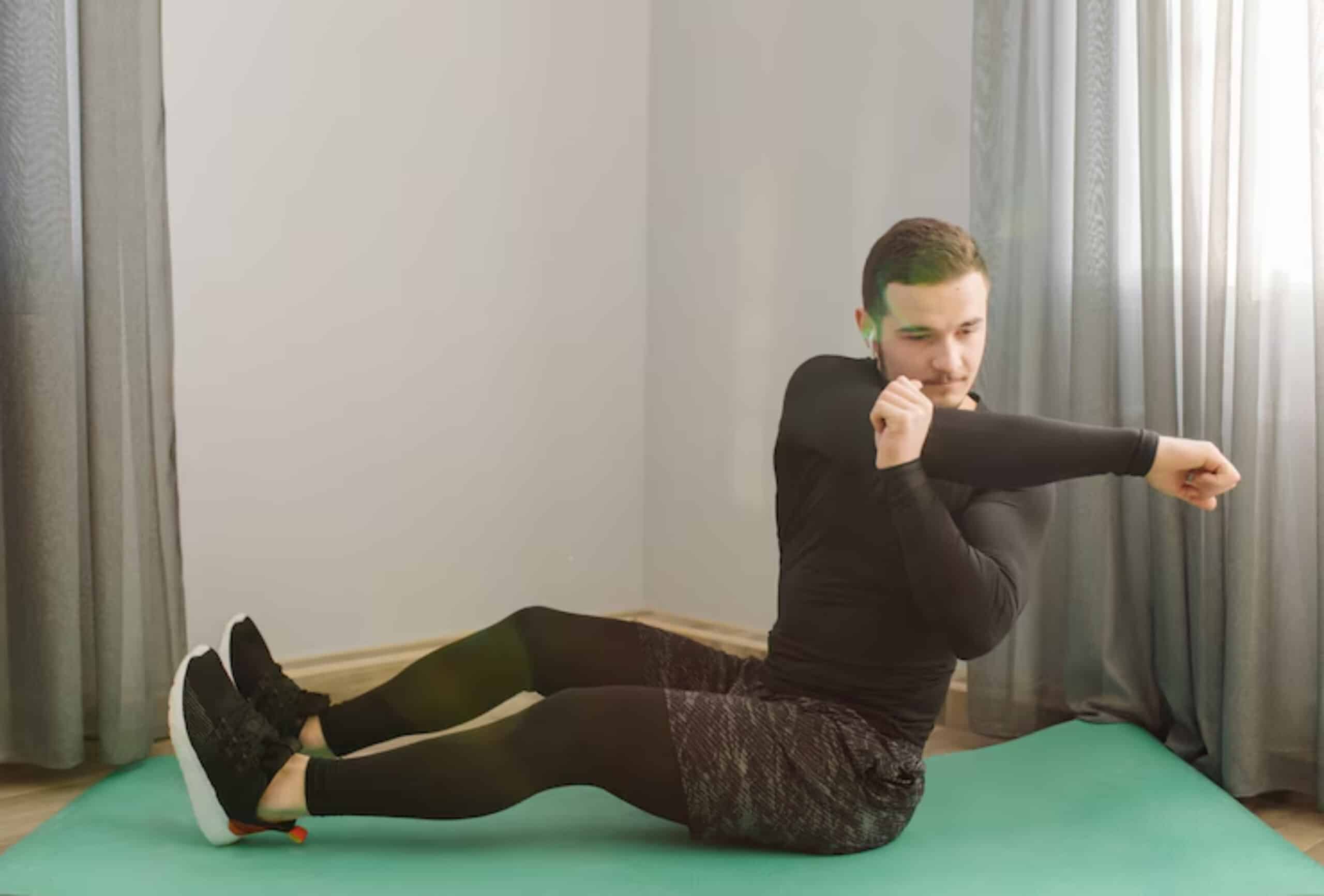
Integrating Breath with Strength-Based Flows
If you’ve ever found yourself gasping through a tough yoga sequence, you’re not alone. Many strength-focused yoga practitioners underestimate the power of breath. Yet, when integrated correctly, breath doesn’t just support your movements — it amplifies them.
Whether you’re flowing through a dynamic Vinyasa or holding a challenging Warrior pose, your breath is the silent powerhouse behind every action. Yoga breath flow, when harnessed properly, improves focus, stamina, and strength output. In this article, we’ll explore the deep relationship between breath and strength in yoga, uncover how to build stronger breath awareness, and give you practical techniques to integrate breath into strength-based flows like a pro.
By the end, you’ll understand how to master your vinyasa breath connection and transform not just your yoga sessions, but your entire physical performance.
The Science Behind Breath and Strength
Breath as Fuel for Movement
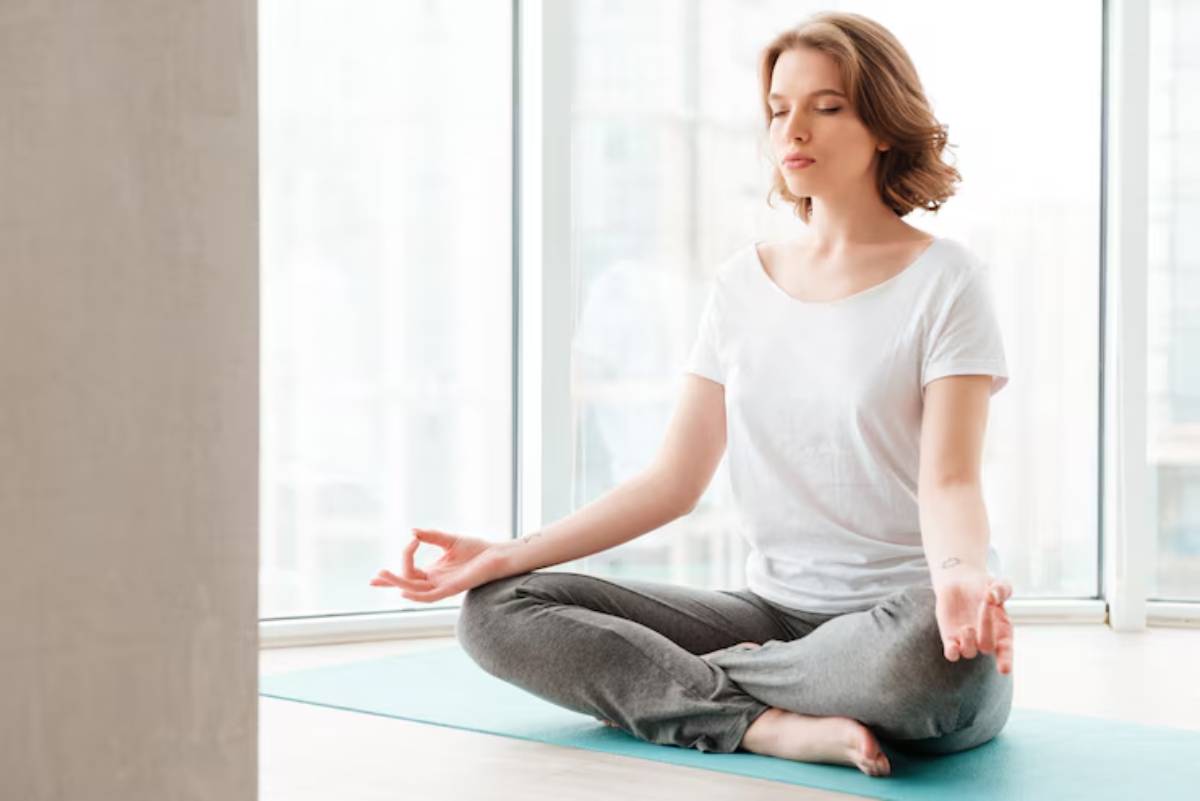
Breathing may seem automatic, but conscious breath control activates deeper physiological benefits. Oxygen is fuel.
When you breathe with intention:
- More oxygen enters your bloodstream, boosting muscular endurance.
- Carbon dioxide is expelled more efficiently, reducing fatigue.
- Your nervous system stays balanced, preventing early burnout during intense flows.
During high-effort yoga practices, such as arm balances or long plank holds, your muscles demand more oxygen. Diaphragmatic (belly) breathing ensures you’re meeting that demand without compromising form or focus.
Strength Breathing: How It Differs
Unlike relaxed pranayama breathing, strength breathing yoga involves:
- Controlled inhales during expansion movements (like upward dog or crescent lunge)
- Deliberate exhale during contraction (like chaturanga or forward fold)
- Use of Ujjayi breath to maintain a rhythmic and energised flow
This coordination creates a powerful internal rhythm that aligns your breath with your muscle engagement.
“Breath is the bridge which connects life to consciousness, which unites your body to your thoughts.” — Thich Nhat Hanh
Breath Awareness: Laying the Foundation
Before jumping into integrated breath flows, you need a baseline awareness of your own breathing habits.
Try This: The 60-Second Breath Check
- Sit in a comfortable position.
- Close your eyes and breathe normally for one minute.
- Ask yourself:
- Is my breath shallow or deep?
- Am I holding my breath at any point?
- Do I feel tension in my chest or jaw?
This simple exercise builds awareness and highlights areas where breath could be improved.
Diaphragmatic Breathing Basics
Known as belly breathing, this technique strengthens your respiratory muscles and optimises breath flow:
- Place one hand on your chest, the other on your belly.
- Inhale deeply through your nose, expanding only the belly.
- Exhale through the nose, drawing the navel toward the spine.
- Repeat for 10 rounds before your practice.
This sets the stage for better yoga breath flow during dynamic sequences.
Integrating Breath with Vinyasa Strength Sequences
What is a Breath-Synchronised Flow?
A breath-synchronised flow links each movement with either an inhale or an exhale. This creates a moving meditation that enhances coordination and strength.
Example:
- Inhale: Lift arms overhead (Mountain Pose)
- Exhale: Fold forward (Uttanasana)
- Inhale: Half lift (Ardha Uttanasana)
- Exhale: Chaturanga Dandasana
- Inhale: Upward Facing Dog
- Exhale: Downward Facing Dog
Over time, this sequence trains you to move with your breath, not in spite of it.
Building a Strength-Based Breath Flow
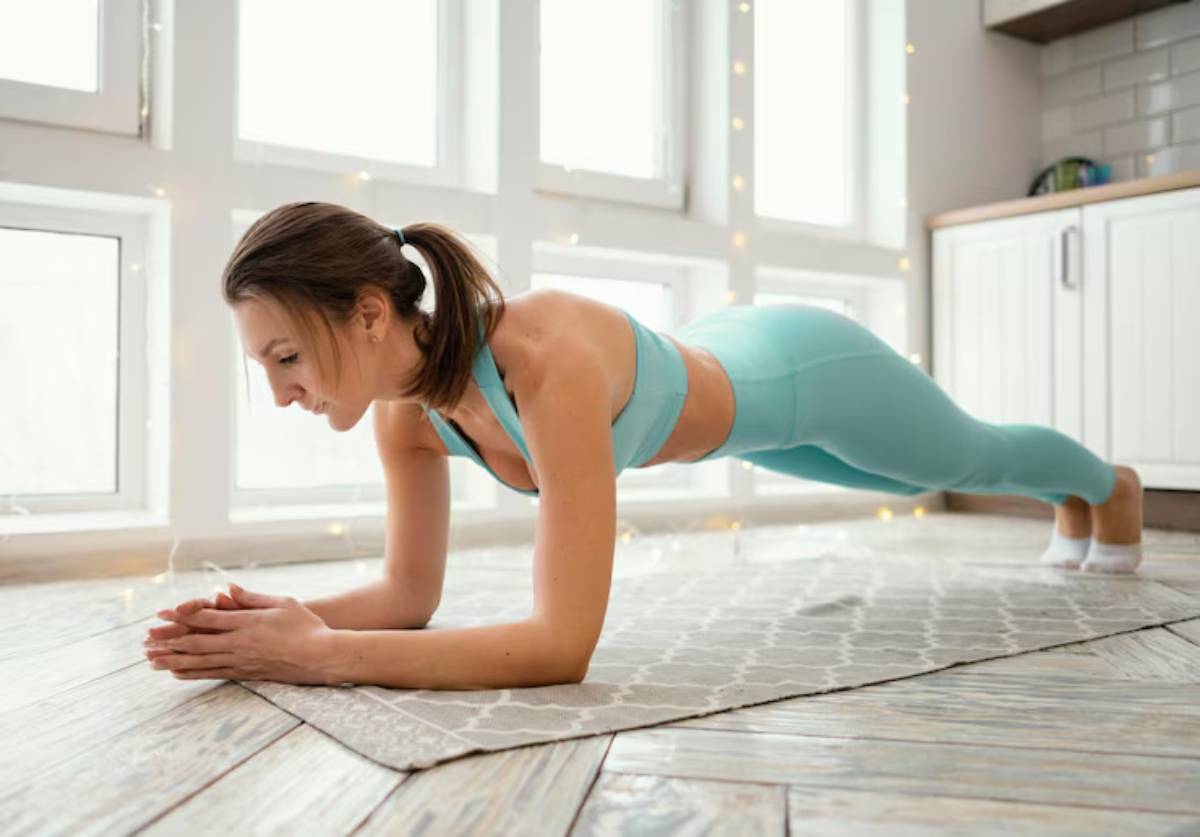
Focus on sequences that demand muscular engagement, such as:
- Plank to Chaturanga to Upward Dog
- Warrior II to Extended Side Angle
- Chair Pose to Twisting Chair
- Boat Pose to Low Boat
Pro Tip: On the toughest move (like Chaturanga), use a strong exhale to activate your core and stabilise your body.
Anchoring Breath to Transitions
Strength transitions often create tension. Anchoring breath keeps your movement fluid:
- Use inhales to initiate upward or opening movements (like lunging or backbends)
- Use exhales to initiate downward or closing movements (like folding or grounding)
Learn how to refine this skill further in Build Explosive Strength with Dynamic Yoga Flows
Pranayama Techniques for Strength Athletes
1. Ujjayi Breath (Victorious Breath)
Known for its oceanic sound, Ujjayi helps maintain focus and builds heat.
How to do it:
- Slightly constrict the throat as you inhale and exhale through the nose.
- The sound should be soft and steady, like waves.
Best Used During: Dynamic Vinyasa, long holds like Chair or Warrior poses.
2. Kapalabhati (Skull-Shining Breath)
Great for energy activation before practice.
How to do it:
- Rapid, forceful exhales through the nose, with passive inhales.
- Practice for 30 seconds pre-workout.
Caution: Avoid if pregnant or prone to high blood pressure.
3. Sama Vritti (Box Breathing)
Calms the nervous system and builds breath control.
How to do it:
- Inhale 4 counts
- Hold 4 counts
- Exhale 4 counts
- Hold 4 counts
Great as a warm-up before power yoga sessions.
4. Bhramari (Bee Breath)
Promotes recovery and focus.
How to do it:
- Inhale deeply, exhale while humming softly like a bee.
Try it: After your evening strength session to wind down.
Common Mistakes to Avoid When Linking Breath and Strength
- Forcing the Breath: Don’t override your natural rhythm. Let the breath guide, not restrict.
- Holding the Breath: Especially during difficult poses, this can lead to tension and energy leaks.
- Breathing Through the Mouth: Always aim for nose breathing for better oxygen uptake.
- Inconsistent Rhythms: Jerky, shallow breaths break the flow and create anxiety.
Correct your technique with tips from Pranayama for Strength Performance
Real-Life Scenario: Emma’s Transformation Story
Emma, a 38-year-old fitness coach, thought yoga was just stretching. She struggled with burnout and tight hips. Her coach introduced her to strength-based Vinyasa with breath integration. Within 6 weeks.
- Her deadlift recovery improved
- She no longer skipped warm-ups
- Her squat form became more controlled
She said, _”Breath became my reset button. When I learned to exhale through the hard parts, I stopped dreading them.”
How to Incorporate Breath Practice into Your Week
Daily:
- 5 minutes of diaphragmatic breathing in the morning
- Ujjayi breath during short flows or mobility work
Weekly Plan:
- Monday: Vinyasa with focus on inhale/exhale pairing
- Wednesday: Power yoga with Ujjayi and Kapalabhati prep
- Friday: Recovery flow with Bhramari or Box Breathing
Tools to Support Your Practice
- Apps: Insight Timer, Prana Breath, YogaGlo
- Props: Yoga blocks, straps to assist poses where breath is restricted
- Journal Prompts:
- How did my breath feel during today’s practice?
- Did I notice a difference when I synced breath to movement?
Conclusion: Breath is the Unsung Hero of Strength
It’s easy to chase external performance markers in yoga — deeper backbends, longer holds, stronger poses. But none of those matters if you’re disconnected from your breath.
By mastering yoga breath flow, you unlock strength that doesn’t rely on brute force. You build endurance from the inside out, enhance your recovery, and cultivate a more mindful, effective practice.
So the next time you roll out your mat, don’t just move. Breathe intentionally, flow purposefully, and watch your strength transform from the inside out.
